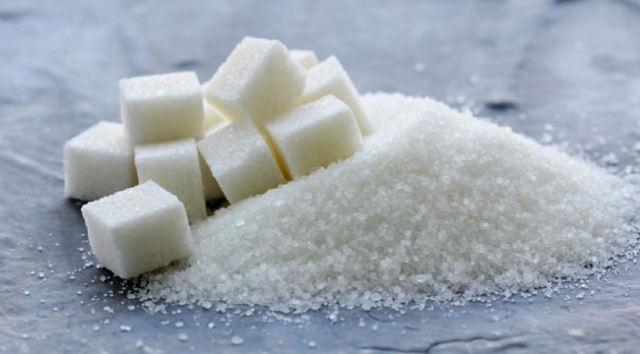Wine lovers watching their sugar intake don’t have to give up wine completely. Instead, they can choose wines that are low in sugar and drink them in moderation.
The calories in a 5-ounce glass of wine — considered a standard serving by the government’sDietary Guidelines — can hover around 200 in a sweet wine. Most of it comes from the alcohol. So if you absolutely must have a glass with dinner, you can cut the calories by sticking with wines that are less sweet. Be aware that the serving size depends on who is pouring — the range is between 4 and 6 ounces in a standard wine glass.
Sugar is a major component of the grapes used to make wine. Ripening grapes have two fermentable sugars: fructose and glucose, in about equal amounts. During fermentation, the yeast converts these sugars to alcohol and carbon dioxide. As the alcohol level rises, the level of sugar drops.
Whether a wine is considered dry, semisweet or sweet is determined by the amount of sugar it contains. Most red and many white wines and sparkling wines are dry, while some white and most rosé wines are semisweet. Dessert, late-harvest, fortified wines and a few sparkling wines are considered sweet. The winemaker controls the amount of sugar in a wine in various ways, including stopping the fermentation process prematurely so that the yeast converts less sugar into alcohol. The amount of “residual sugar” left in wines varies depending on the desired sweetness.

Dry wines have the least residual sugar, taste more acidic and astringent than sweeter wines and leave a dry sensation in the mouth, according to Andrew Waterhouse, a wine chemist at the University of California at Davis. Some extra-dry wines such as an Italian pinot grigio and cabernet sauvignon are often called “bone-dry.” The residual sugar is less than 1 gram and less than three calories in a 5-ounce serving of an Italian pinot grigio.
Other popular dry wines such as Kendall Jackson’s Vintner Reserve chardonnay have a slightly higher amount of residual sugar to mask the astringency and sourness, Waterhouse said. A 5-ounce serving has about 1 gram of sugar and about five calories from sugar compared with about 140 calories from alcohol.
Popular semisweet wines such as white zinfandel, muscat and German Riesling have a distinctly sweet taste from greater residual sugar. For example, a 5-ounce serving of a California Barefoot white zinfandel rosé has nearly 5 grams of sugar and about 22 calories from sugar compared with about 109 calories from alcohol. A 5-ounce pour of semisweet German Riesling can reach 14 grams of sugar, which adds up to 43 calories just from sugar.
To produce a California white zinfandel, some winemakers prefer to completely ferment the grape sugar as they do in dry wines and then add unfermented grape juice concentrate just before the wine is bottled, said Waterhouse. “This process, along with the use of sterile filtration before bottling, is easier to manage than leaving sugar in the wine, which the yeast can ferment during storage.”

Sweet wines, of course, have the highest amount of sugar. Because of that sweetness, the average serving size for a dessert wine is only 2 to 3 ounces. A glass of fortified wine such as a 2000 Quinta de Roriz Vintage port from Portugal has about 6 grams of sugar in a 2-ounce serving and 24 calories from sugar and 83 calories from alcohol.
If you were indulging in Passover wine at a seder this month, the added pure cane sugar in those kosher wines, such as Manischewitz blackberry wine, will bring the total sugar calories to about 44 for a 2-ounce serving.
The process of making sweet wines varies by the winemaker and region. Late-harvest wines are made from grapes that are left to ripen and then dehydrated to reach a 40 per cent sugar level rather than the usual 20 per cent. The French allow mould to infect their Sauternes grapes; the mold punctures the grapes and dehydrates them.Ice wines can be produced legally only in cold climates such as Canada, Austria, and northern Germany where the water freezes on the berries and then is removed to produce a juice that is highly concentrated in sugar. Sweet fortified wines such as port have pure grape alcohol added shortly after fermentation begins to increase the residual sugar and alcohol content.
To keep the calorie count low from both sugar and alcohol in a glass of wine, stick with dry wines. Here are some of my favourites:
– White: sauvignon blanc, Italian pinot grigio, viognier, and chardonnay
– Red: cabernet sauvignon, cabernet franc, pinot noir and syrah
– French rosé from Provence or Languedoc
– Brut sparkling wine
Lehmann, a certified holistic nutritionist and health writer, is the owner of the Alexandria consulting company Nourishing Foundations.

